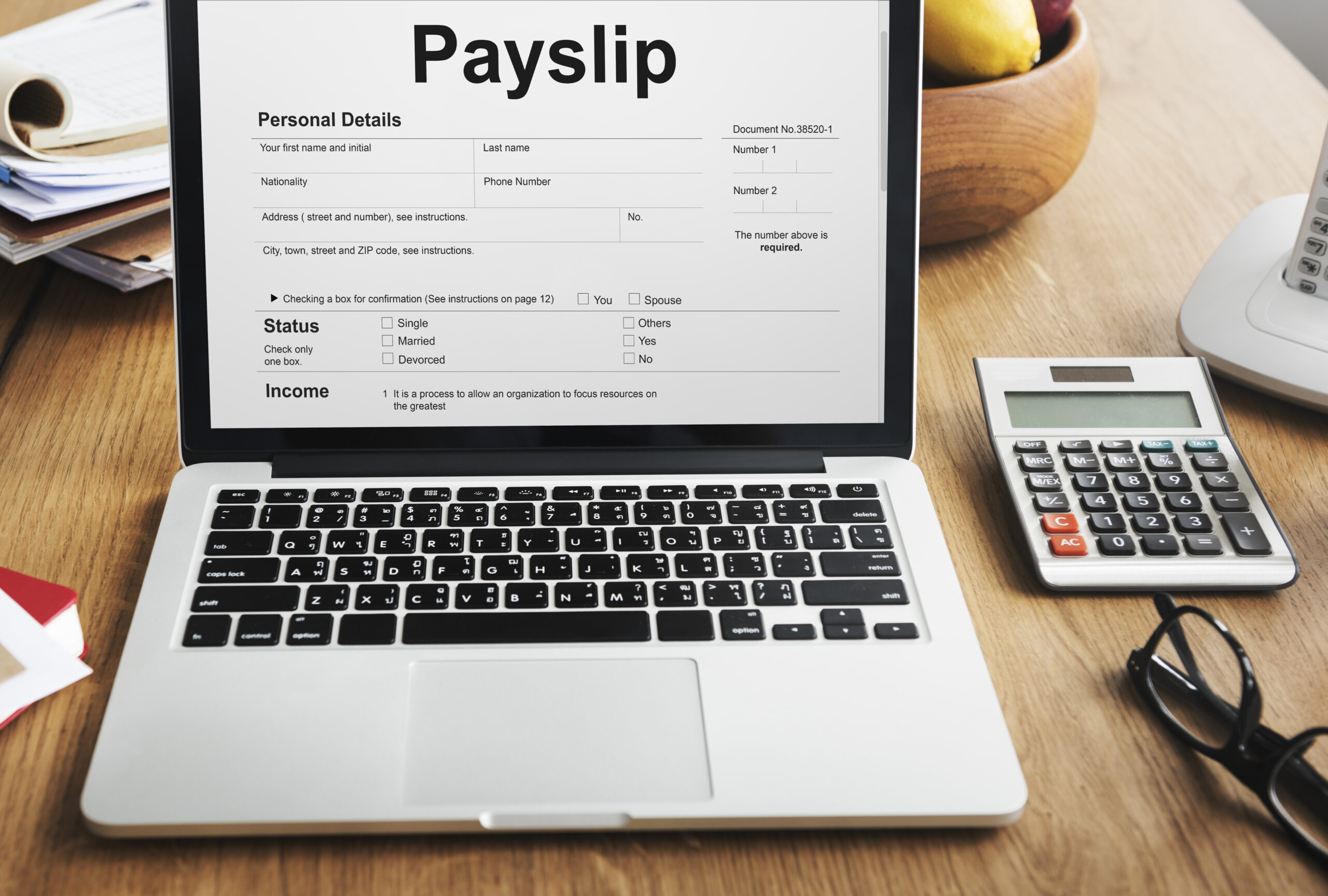Liens and Pay Stubs: Legal Deductions Explained for Employees
Introduction to Liens and Pay Stubs
Understanding Liens and Pay Stubs is crucial for both employees and employers to manage legal payroll deductions effectively. A lien represents a legal claim on an employee’s wages, usually due to debts, court orders, or other obligations. Knowing how liens appear on pay stubs helps employees track deductions, plan finances, and verify payroll accuracy. For more payroll guidance, check our Payroll Basics Guide.
What Are Liens?
Liens are legal claims placed on wages or property to satisfy debts. When a lien affects an employee’s paycheck, the employer must deduct a specified amount and reflect it on the pay stub. Common liens include tax obligations, creditor claims, child support, and court judgments. Understanding liens on pay stubs ensures financial transparency and compliance. Learn more about Employee Pay Stubs for detailed payroll tracking tips.
Types of Liens on Pay Stubs
- Tax Liens: Wage garnishments by federal or state authorities for unpaid taxes.
- Judgment Liens: Court-mandated deductions to repay debts or loans.
- Child Support Liens: Court-ordered payments to support dependents.
- Creditor Liens: Deductions for secured or unsecured debts owed to creditors.
- Other Legal Liens: Various court or agency-imposed claims affecting payroll.
How Liens Appear on Pay Stubs
Liens and Pay Stubs usually appear under the deductions section. Each lien entry shows the type and amount withheld. Some pay stubs may display the total garnishment per pay period and, if applicable, the remaining balance of the lien. Employees should review their pay stubs carefully to ensure liens are applied correctly and within legal limits. Using digital tools like pay stub generators can simplify tracking and record-keeping.
Key Pay Stub Elements to Monitor
- Gross Pay: Total earnings before deductions.
- Liens and Deductions: Amounts withheld for legal claims.
- Net Pay: Remaining income after all deductions.
- Employer and Employee Details: Ensures records are accurate.
- Check Number / Deposit Reference: Helps track payments related to liens.
For more on maintaining payroll accuracy, see our Employee Payroll Tips.
Legal Considerations for Liens on Payroll
Employers must follow federal and state regulations regarding wage garnishments. Federal law sets limits on the percentage of income that can be garnished. Misapplication of liens can lead to penalties for employers, while employees have rights to dispute errors through legal channels. Understanding these rules ensures compliance and protects employee rights.
Benefits of Understanding Liens on Pay Stubs
- Maintains compliance with legal obligations.
- Helps employees track and manage deductions.
- Prevents payroll errors or over-deduction.
- Provides proof for audits or tax purposes.
- Supports employees in effective financial planning.
Tips for Managing Liens on Pay Stubs
- Review pay stubs regularly for lien accuracy.
- Keep copies of lien notices and legal documents.
- Report discrepancies to HR or payroll immediately.
- Use a pay stub generator to recreate accurate stubs for personal records.
- Budget finances considering lien deductions to reduce stress.
- Stay informed on state-specific lien laws to ensure compliance.
Frequently Asked Questions
1. Can liens take my entire paycheck?
No. Laws limit the portion of wages that can be garnished, protecting employees from excessive deductions.
2. Can lien amounts be negotiated?
Some courts or creditors allow payment plans or modifications. Consult legal counsel for options.
3. How long do liens remain on pay stubs?
Liens remain until debts are fully satisfied or legally released, and pay stubs reflect deductions during this period.
4. Are lien deductions taxable?
Liens themselves are not tax-deductible, but standard payroll taxes still apply to gross pay.
5. Can I access digital records of liens?
Yes. Electronic pay stubs provide easy access, and a regular pay stub template ensures accurate tracking.
Transitioning to Digital Pay Stubs
Digital pay stubs make monitoring liens easier, improving transparency and accuracy. Using a pay stub generator helps employees maintain personal records for verification and financial planning.
Conclusion
Understanding Liens and Pay Stubs is key to managing legal payroll deductions. Monitoring pay stubs, knowing lien types, and using tools like pay stub generators ensures accurate records, compliance, and effective personal finance management. Employees who stay informed can protect their income and avoid potential payroll disputes, while employers maintain legal and financial accountability.

